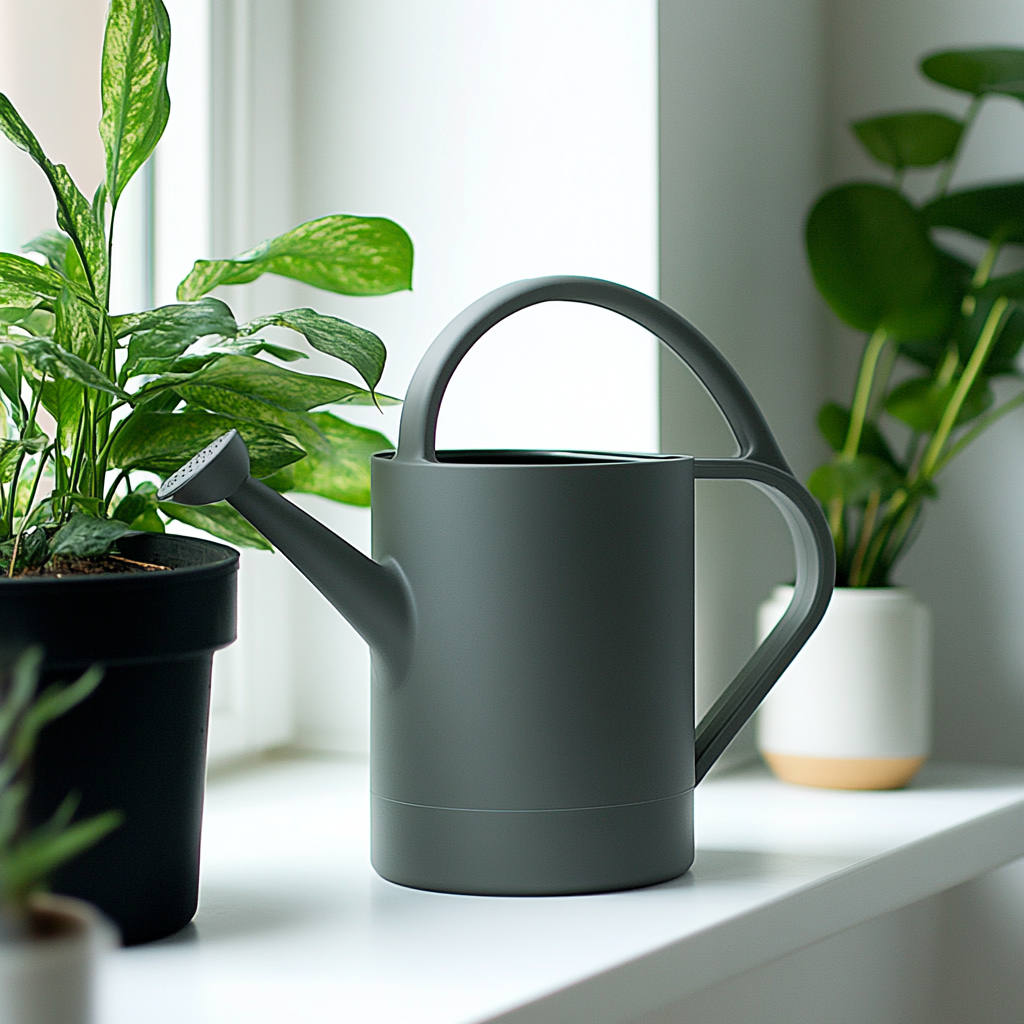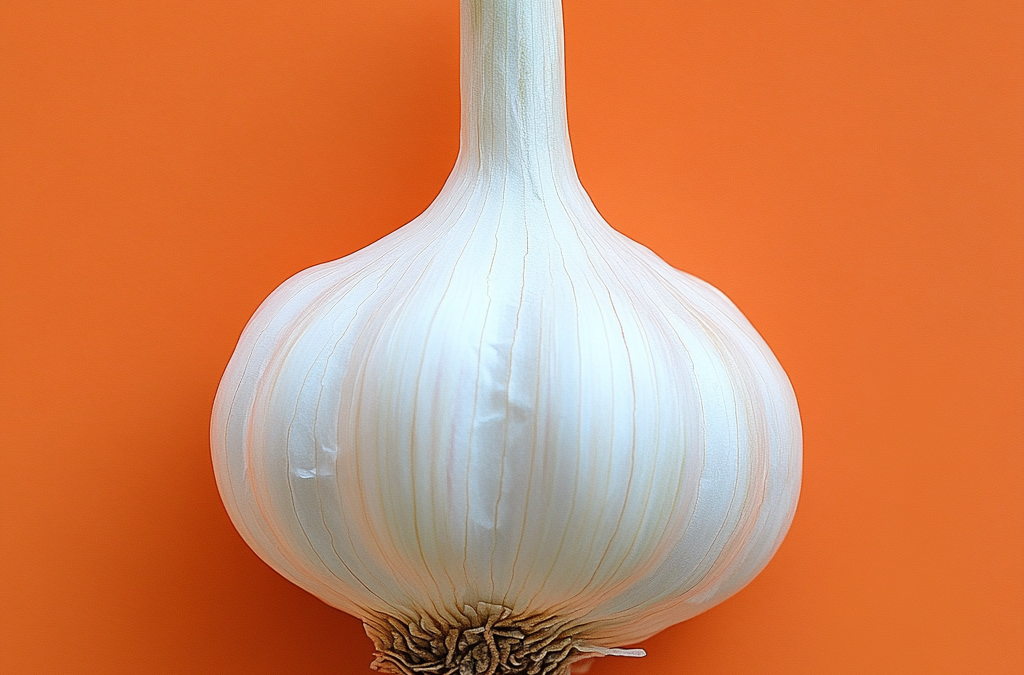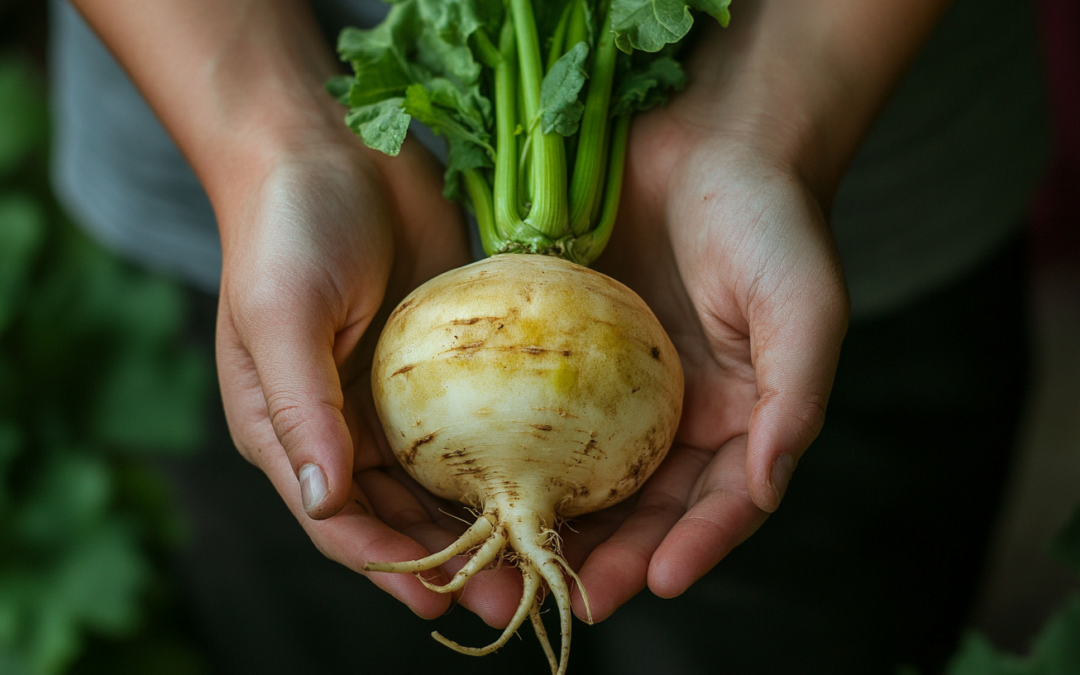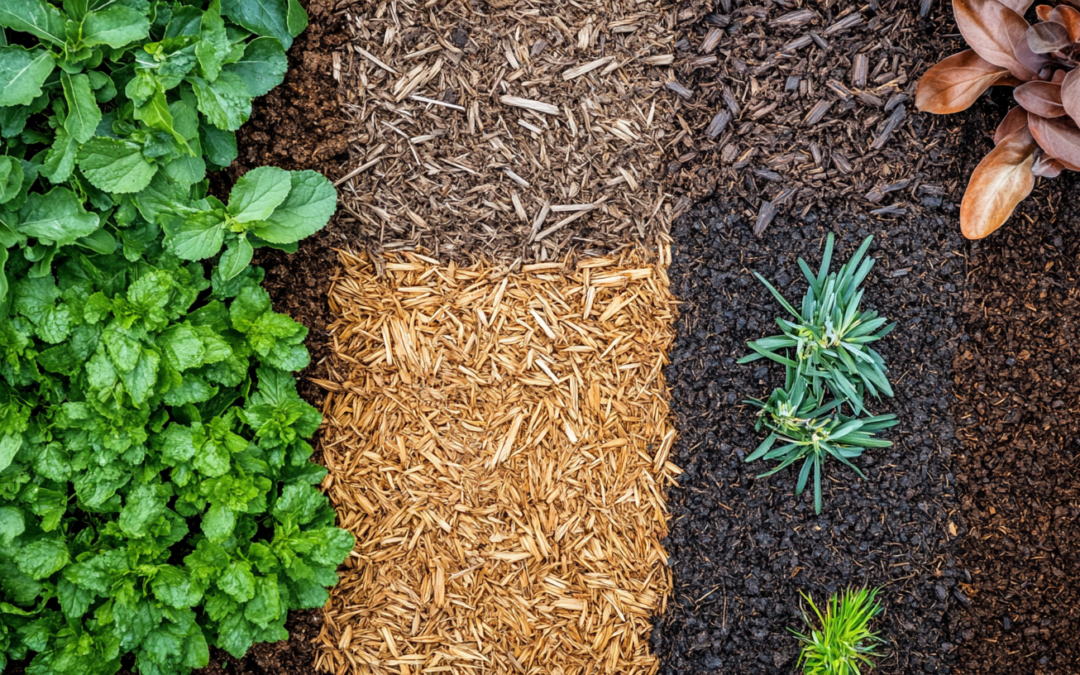Watering your plants is one of the most crucial aspects of plant care, but it can also be one of the trickiest. While it’s easy to assume that plants need to be watered every day, the truth is that each plant has its own unique needs based on factors like species, size, environment, and potting conditions. In this post, we’ll break down how to determine the right watering schedule for your plants and avoid common watering mistakes.
Understanding Plant Watering Needs
The first step to creating a proper watering schedule is understanding that plants do not all have the same needs. While some plants like cacti and succulents thrive on minimal watering, others, like tropical plants, require more frequent moisture. Here are some general guidelines to help you decide when to water:
- Cacti and Succulents – These plants are drought-tolerant and can go longer between waterings. They typically need to be watered every 1-2 weeks, depending on the season and temperature.
- Tropical Plants – Plants like ferns, pothos, and peace lilies prefer consistently moist soil. They may need to be watered every 3-5 days, especially in warmer months.
- Houseplants in Containers – Plants in containers generally dry out faster than those planted in the ground. For most indoor plants, watering once a week is a safe starting point, but always check the soil before watering.
- Outdoor Plants and Vegetables – Outdoor plants and vegetables often need more frequent watering, especially during hot weather. In general, aim to water deeply once a week, or more often in very hot or dry conditions.
How to Tell When to Water Your Plants
Instead of relying on a set schedule, it’s essential to check the soil moisture before watering. Here’s how to tell if your plant is thirsty:
- Touch Test: Stick your finger into the soil about 1-2 inches deep. If the soil feels dry, it’s time to water. If it still feels moist, wait a few more days before checking again.
- Lift the Pot: If you’re unsure, lifting the pot can give you a sense of the moisture level. A pot that feels light is a sign that the soil is dry and needs watering. A heavy pot indicates the soil is still moist.
- Moisture Meter: For more precision, consider using a moisture meter to check the soil moisture level. These affordable tools can help you avoid overwatering or underwatering.
Signs of Overwatering and Underwatering
It’s easy to go overboard with watering, especially if you think your plants need it every day. Overwatering is one of the most common mistakes plant owners make and can lead to root rot, yellowing leaves, and mold growth. On the other hand, underwatering can cause your plants to wilt, turn brown, and eventually die.
Here’s what to look out for:
- Overwatering: Yellowing leaves, soggy soil, mold, or a musty smell around the plant’s base.
- Underwatering: Brown, crispy leaf edges, drooping leaves, or a dry, cracked surface on the soil.
Seasonal Adjustments
Remember that your plant’s water needs can change with the seasons. During the warmer months, plants tend to need more water due to increased sunlight and heat. In contrast, during winter, when many plants go dormant or slow down their growth, they require less frequent watering.
- Summer: Increase watering frequency for most plants, but be sure to check the soil moisture regularly.
- Winter: Water less often, but never let the soil completely dry out for most houseplants. Check for moisture every 1-2 weeks.
Creating a Watering Routine
To make plant care easier, create a simple watering schedule based on your plants’ needs. Here’s an example of a weekly watering routine:
- Monday: Water tropical plants and any houseplants that need weekly watering.
- Wednesday: Check on succulents and cacti—water if needed.
- Friday: Water any plants that need a little extra attention, such as those in larger containers or hanging baskets.
By sticking to a routine and paying attention to your plants’ specific needs, you can ensure they stay healthy and hydrated.
Watering your plants doesn’t have to be complicated. By understanding your plants’ unique needs and adjusting your watering schedule accordingly, you can help them thrive. Remember: it’s always better to underwater than overwater, as most plants can recover from a little dryness but struggle to bounce back from root rot.
Start with a general watering schedule, monitor your plants closely, and adjust based on the season and your plant’s growth. Happy gardening!



